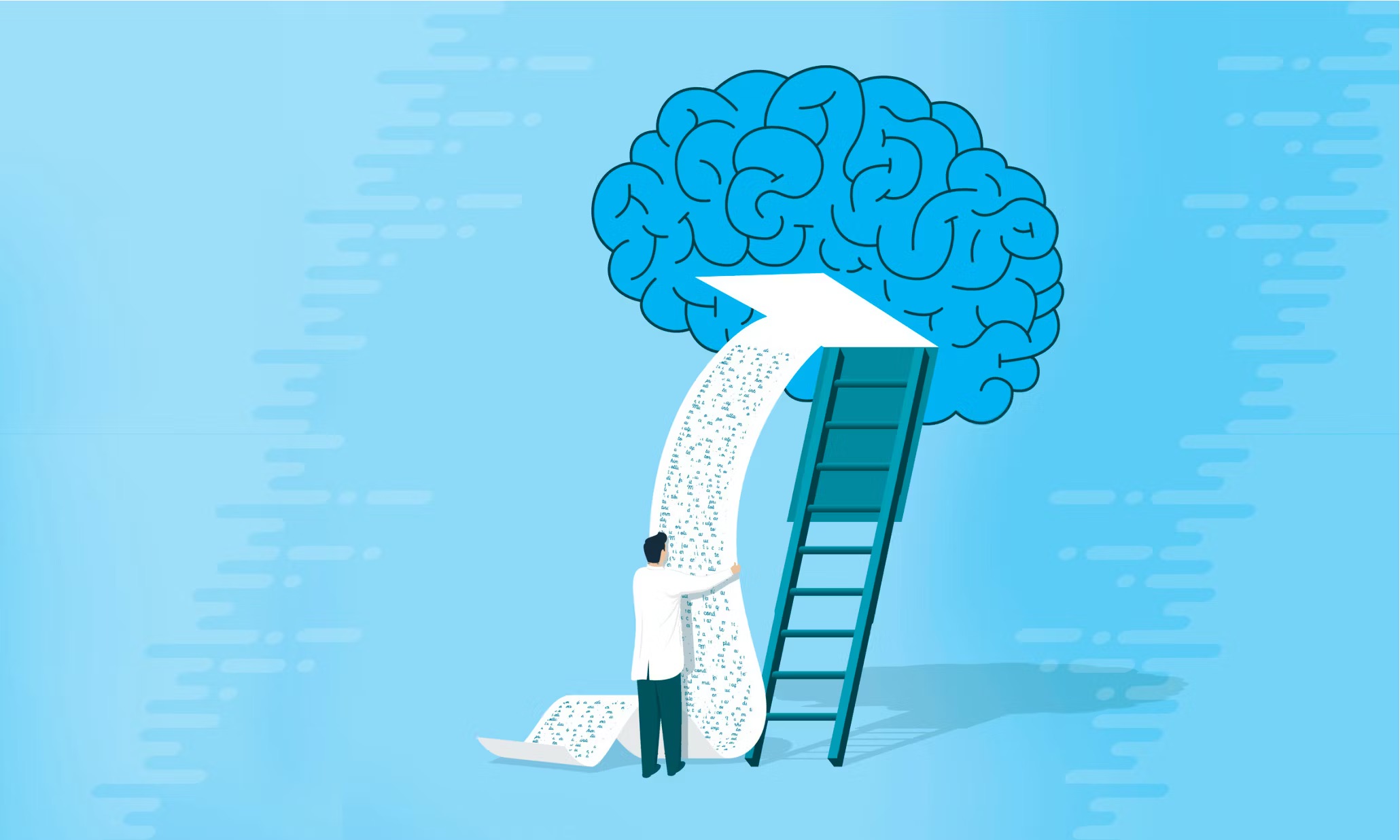- Published on
Psychological Perception

Table of Contents
- Gestalt Principles & The Perception of Groups
- Recognizing Visual Objects
- Template Theory
- Recognition by Components Theory
- Top Down Processing
Gestalt Principles & The Perception of Groups
- Characterizing Meaning within Gestalt Principles
- Figure Ground: elements will be percieved as either figures or ground (the background where figures are)
- Simplicity (Law of Pragnanz): we will percieve things in a way that makes it simpler for us to understand
- Proximity, things that are close together are percieved as related than things that are spaced far apart
- Similarity, things that are similar are likely to be related and grouped together
- Good continuation, elemnts arranged on a continuous line or curve are percieved to be more related than elements not on the line or curve
- Closure: incomplete objects will tend to be perceived as wholes
Recognizing Visual Objects
- Represent the Physical Stimulus in STM (Short Term Memory)
- Find a representation in LTM (Long Term Memory) that matches the current one
Template Theory
- Template Theory: We have mental templates in our mind for every object that we know and recognize.
- We recognize something by comparing the correlation of similartiy to the template that is stored in the LTM
- The issue with this theory is that there are never any perfect match and the database of templates is very large
- Templates + Transformations: Before matching the templates, there are transformations that take place to sort of normalize the data before matching
- GEONS: geometric elements of which all objects are matched to
- We put geons together to make objects
Recognition by Components Theory

- Basic properties of GEONS
- They have to be easily discriminated
- View invariant (looks identical from most viewpoints)
- Robust to noise
- Difficulties of Geons:
- Deriving structural representations and geons can be difficult
- Contextual evidence is omitted, which is a vital part of understanding things
Top Down Processing
- Perception is not automatic and there is a lot of extraneous factors that need to be considered to identify objects
- Top Down Processing occurs involving making inferences based on past experiences or surrounding experiences
- This processing is also represented in the brain as follows
- Word Superiority Effect: people are better at recognizing whether a letter was present when they are given a word rather than a non-word
- this is due to the presence of bigram detectors, which is when we detect pairs of letters together
- Authors

- Name
- Apurva Shah
- Website
- apurvashah.org